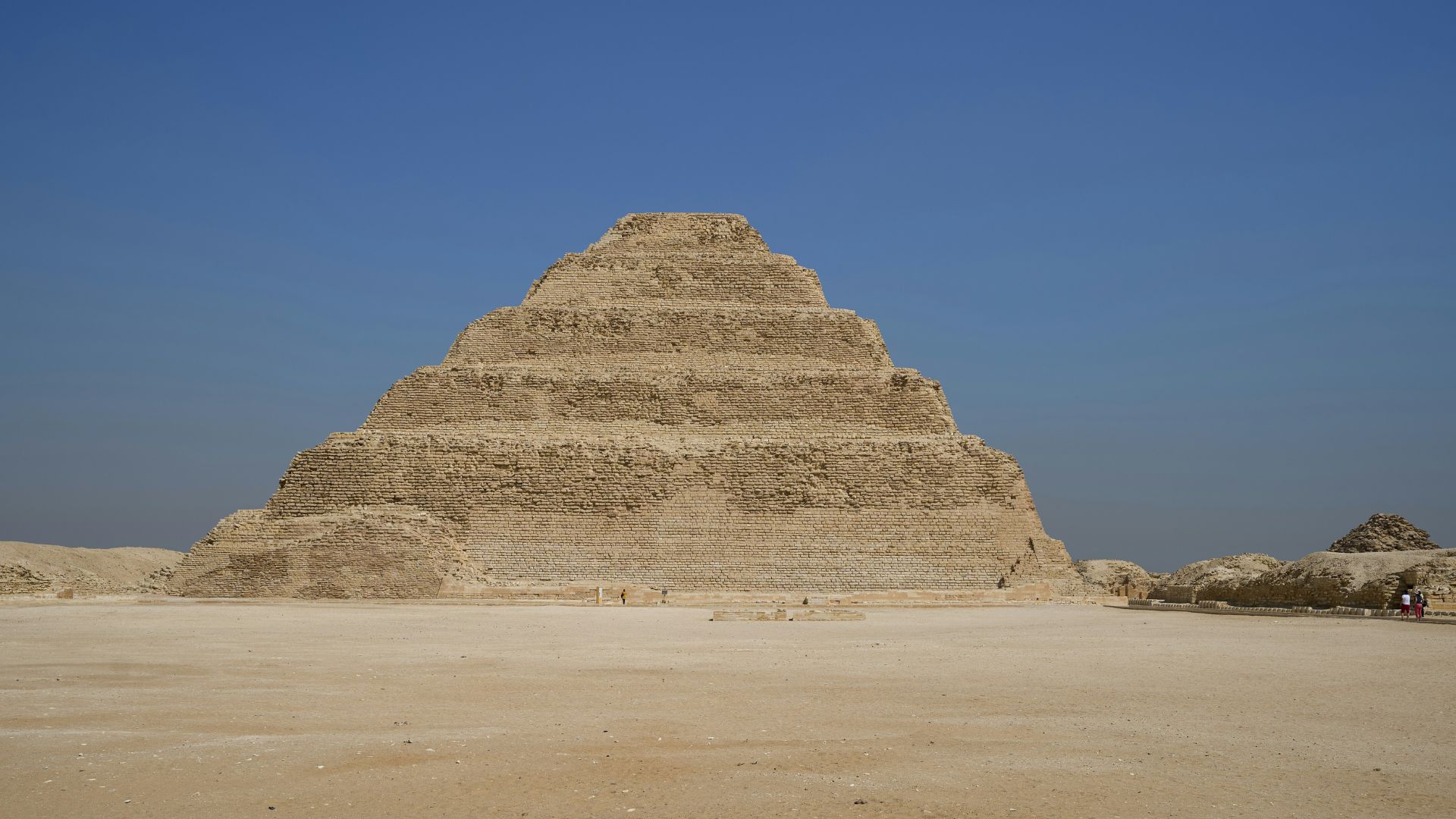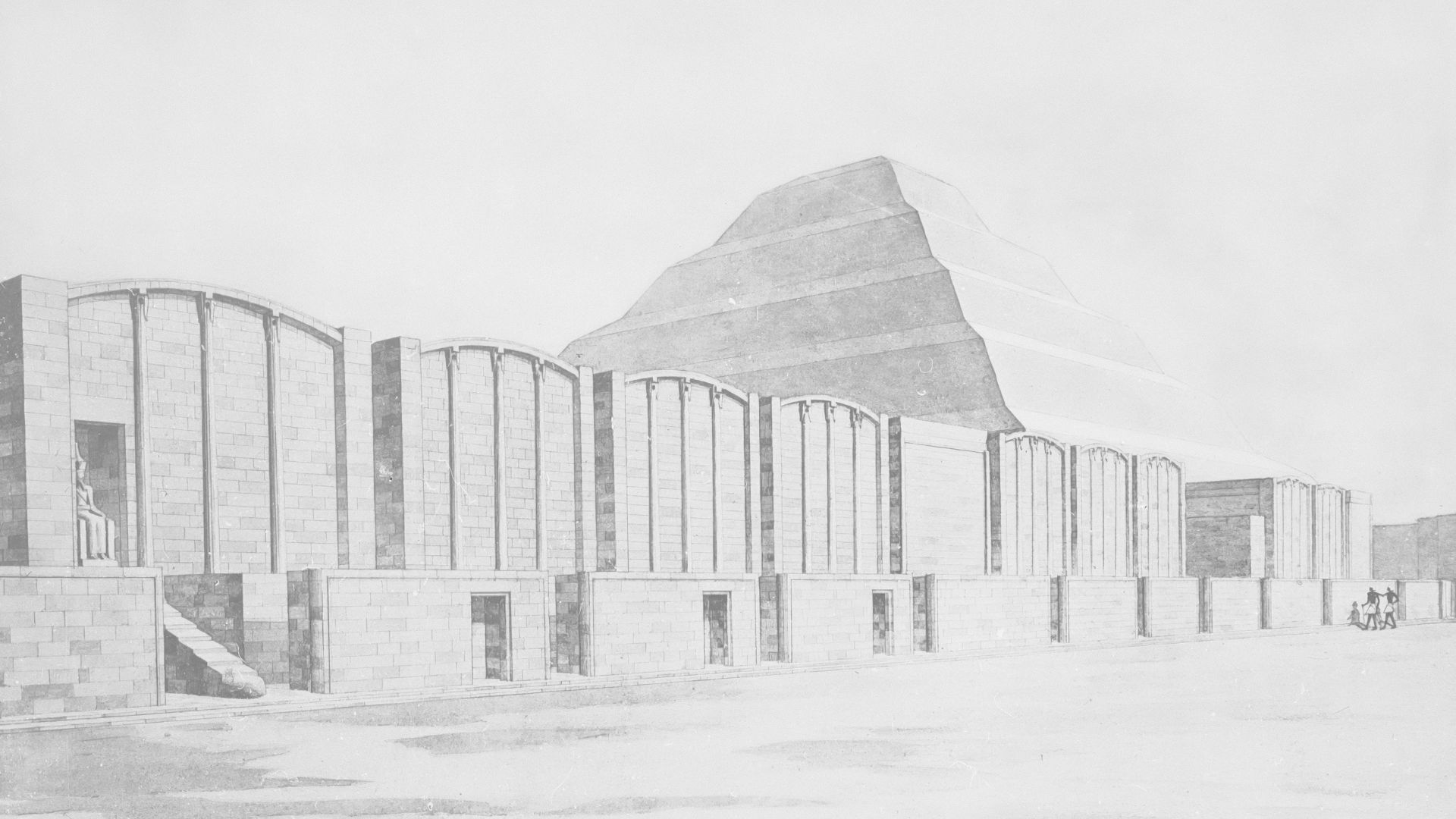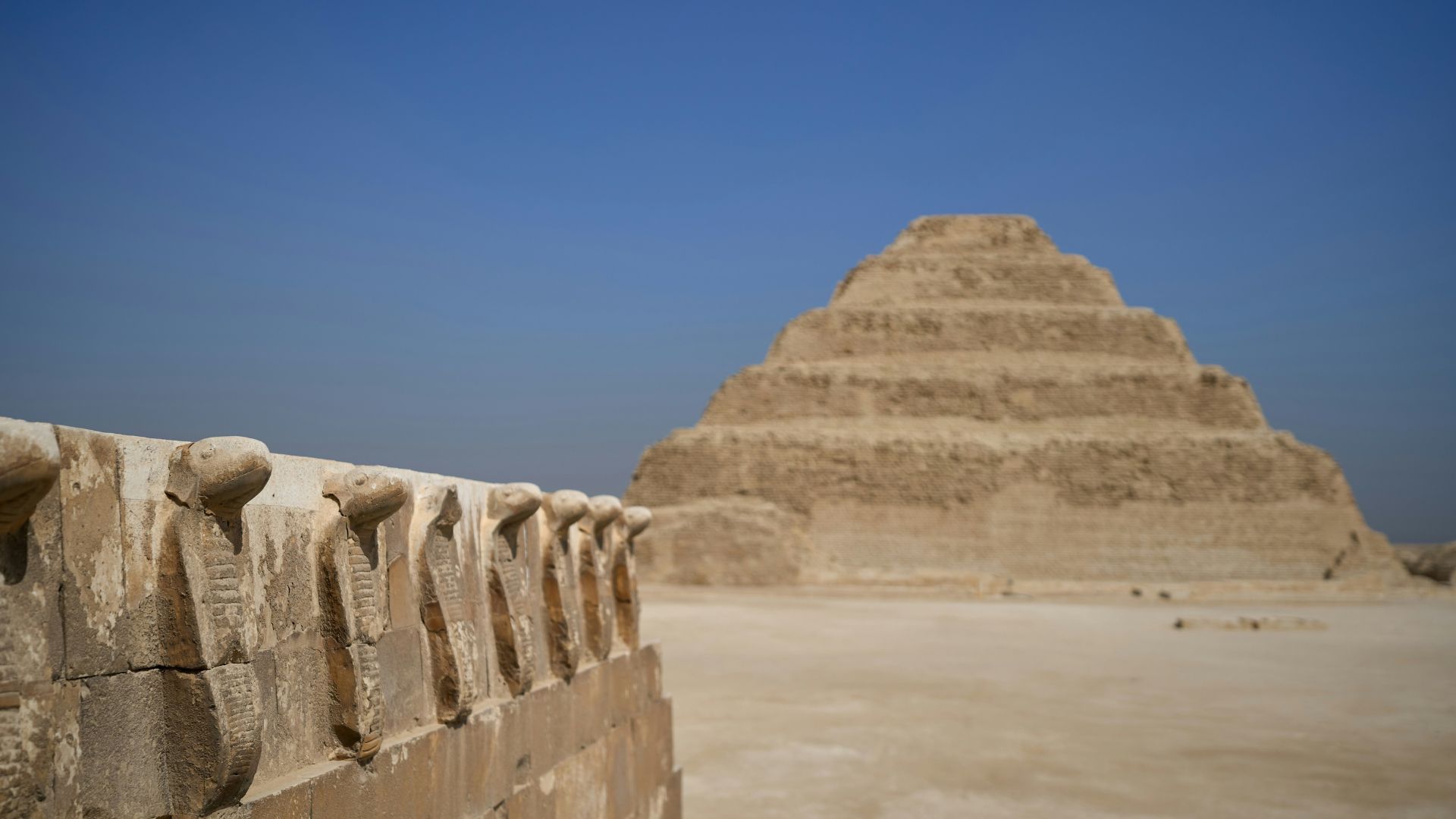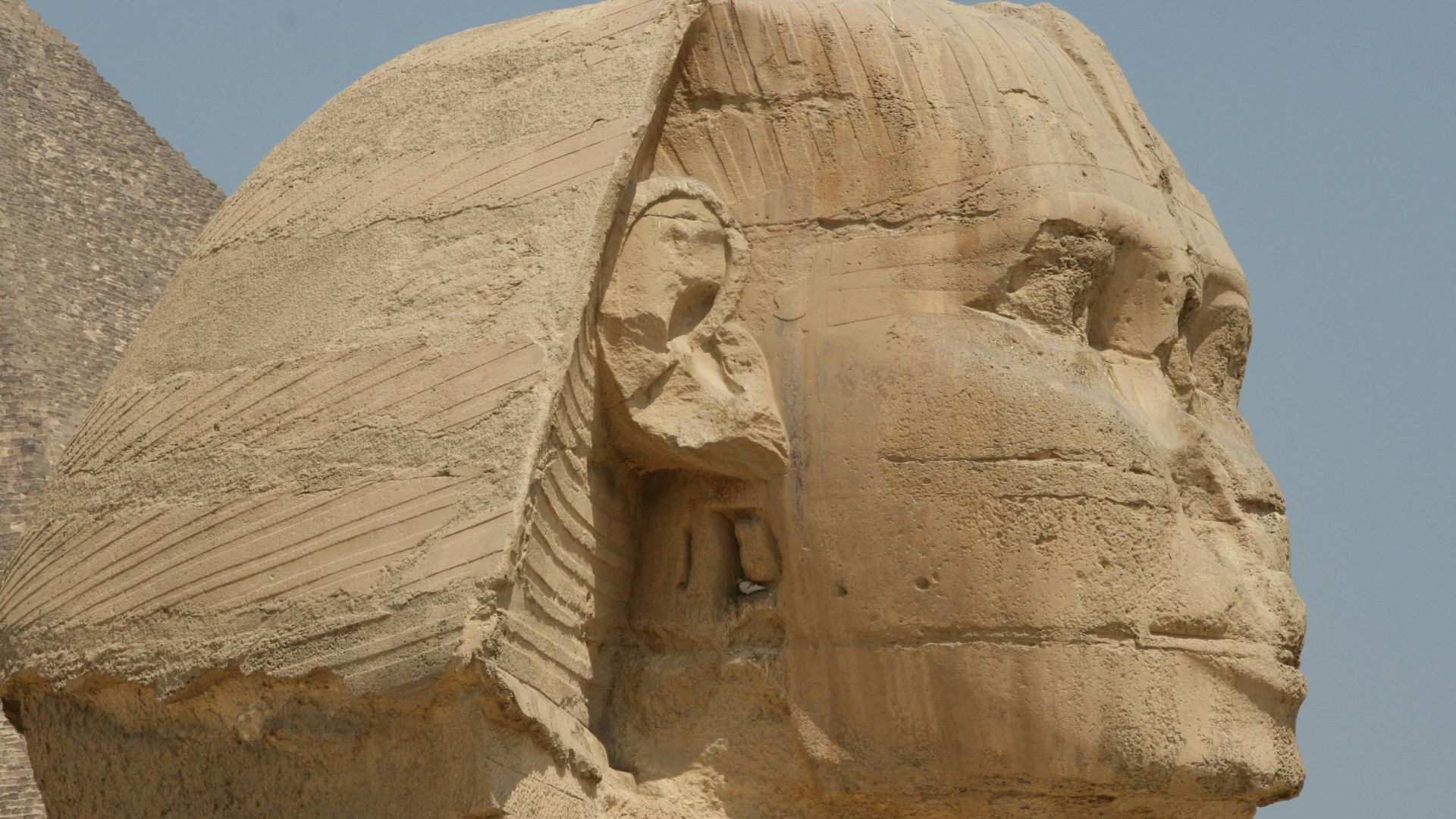For countless years, people have debated how the massive ancient Egyptian pyramids were built. While Egyptologists have suggested methods of how smaller pyramids may have been built, mysteries have always revolved around the creation of the Step Pyramid.
Now, researchers have put forth a stunning new theory on how the Step Pyramid, the oldest pyramid of ancient Egypt, may have been built.
A 4,000-Year-Old Structure

The ancient Egyptians built the Step Pyramid more than 4,000 years ago in the 27th century BC for Pharaoh Djoser.
At the time, it was the tallest structure and was about 204 feet tall. As the number of stones it was built with weighed a whopping 661 pounds, archeologists have long debated how ancient people actually built this monumental structure.
A New Study Sheds Light on an Interesting Technique

A new study published in the journal PLOS One has suggested that a hydraulic lift device could have floated massive and heavy stones up through a middle shaft in the Step Pyramid.
All of this could have been powered by using stored water. While intriguing, this new theory already has many Egyptologists criticizing it.
Small Pyramids vs Large Pyramids

The study’s lead author, Dr. Xavier Landreau, has explained that many studies have been done on how the pyramids from the Middle and New Kingdoms may have been built.
Landreau said, “The techniques involved could include ramps, cranes, winches, toggle lifts, hoists, pivots, or a combination of these methods.”
How Old Kingdom Pyramids Were Built

However, Landreau also pointed out that the Old Kingdom pyramids may have been built differently.
He added, “But what about the Old Kingdom pyramids (2675 to 2130 BC), which are much bigger? While human strength and ramps may be the sole construction force for small structures, other techniques may have been used for large pyramids.”
Using Water to Build the Pyramids

According to this study, researchers theorize that ancient Egyptians may have built the oldest pyramids by using water.
A system that uses water could have allowed for the formation of a water-powered elevator in the pyramid’s internal vertical shaft. This would have easily raised the stones up to the middle of the pyramid.
Egypt Used to Be a Savannah

While we all know Egypt as being a desert today, many studies have confirmed that Egypt used to be a savannah back when these pyramids were first built.
Evidence has been found that water used to flow through various areas of the country, and dams may also have been created. These dams could have helped with the building of the pyramids.
Water May Have Played a Crucial Role in the Building of the Pyramids

The idea of a water treatment system would have allowed ancient Egyptians to control water during flooding events, while also ensuring this stored water could be used for a hydraulic system.
Dr. Guillaume Piton, the study’s co-author, explained that this water system would have “ensured adequate water quality and quantity for both consumption and irrigation purposes and for transportation or construction.”
Egyptologists Debate New Theory

Some Egyptologists have found this new theory interesting, especially because they believe that there was much rain to be found in the Old Kingdom when the Step Pyramid was first built.
However, other researchers don’t necessarily believe this new theory has any credence — mainly because there isn’t enough proof that Egypt even had all this water to begin with.
Was There Enough Water in Ancient Egypt?

Some archaeologists believe that while Egypt may have been a savannah, it wouldn’t have received enough rainfall to create a complex hydraulic system to build the pyramids, as this study suggests.
Dr. Fabian Welc pointed out, “These rains, even filling the wadis (a dry valley except in rainy seasons) with water, would not have been able to fill the dry moat even to a small extent … these waters would have been immediately drained by gravity deep into the rock massif, about which there is no doubt (unless it was a biblical flood).”
More Research Is Needed

This study’s authors have agreed that this region likely didn’t have a consistent amount of water. However, they have theorized that this complex system may have utilized water during flash floods.
This water would have been able to provide enough support to the hydraulic lift that they believe existed inside the Step Pyramid. The study’s authors have also stated that more research is needed.
Mysteries Remain

While this new study offers a new theory on how the ancient Step Pyramid may have been built, mysteries regarding the massive pyramids of ancient Egypt remain.
These mysteries will likely continue on, as will debates over how people 4,000 years ago built these huge structures.
